by Aaron R K

Many of us who have purchased Ethereum assets in recent times are no strangers to the high transaction fees which occur when the network is congested. No doubt, the Ethereum network is popular, which is why it costs so much to use. Paying higher transaction fees is one way to be prioritized by the nodes (the network computers) that validate transactions, speeding up their completion, and decreasing the probability that the transactions will fail. This can be a significant factor when there are many Ethereum transactions occurring simultaneously. Ethereum is one of the most decentralized blockchain networks, providing greater security than most of its competitors. But what if there was a way of providing very fast transactions together with tiny network fees, while keeping the security and decentralization of Ethereum? There is just such a way, called layer 2.
The term “scalability” means “the degree to which a system, especially a computer system, con work well when the size or amount of its use increases”. The term “layer” (used in relation to blockchains) means 1. “a basic blockchain system to which another additional blockchain system can be connected for greater scalability” or 2. “and additional blockchain system added for to a more basic one for greater scalability”. In other words there can be different blockchain networks which are connected to each other for increased scalability. The most basic system (for example Ethereum) is call “layer 1”. Additional blockchain systems, added to or “built on top of” the original network are, not surprisingly, called “layer 2”. There are even additional networks which can be added to layer 2 networks, called, of course, “layer 3”!
The Lightning Network is one of the most important layer 2 networks, providing an additional, faster layer for users of the Bitcoin network. Polygon is one of the most well-known examples of a layer 2 for Ethereum. Other important layer 2 networks include Arbitrum, Cartesi, and Optimism.
Ethereum has a history of huge scalability issues, and the transaction fees can be awful. This is due to the fact that the network is so popular, however the prices are at times unreasonably high. Crypto was not meant to be an insiders’ club for the wealthy few. Layer 2 solutions provide a fast, inexpensive alternative, while keeping the decentralized security of Ethereum.
Arbitrum will be the focus of this article. To use Arbitrum, you need to get some Ethereum and put it on the Arbitrum network.
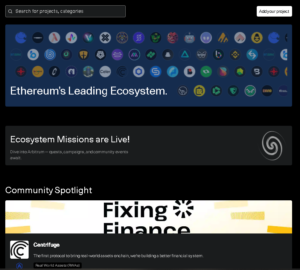
The Arbitrum Portal (https://portal.arbitrum.one) is a good resource for exploring the ecosystem. There are exchanges, dApps, DAO Tools, and much more.
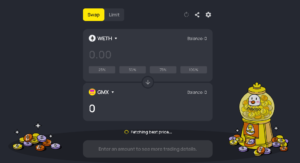
After using exchanges on the Arbitrum network, I am very pleased with their speed and ease of use, as well the low fees. This is how blockchain should be! I traded my ETH for a few tokens, MAGIC and USDC. Dodoex.io and apex.exchange, swap.arken.finance, are examples of exchanges which offer services on the Arbitrum network.
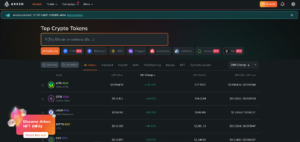
These days, I’m interested in acquiring Arbitrum NFTs. Having heard of free Arbitrum mints, I’m bargain hunting!
From the Arbitrum Portal, I look for NFT markets and projects.
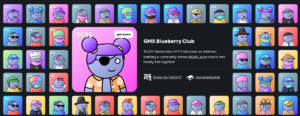
There are plenty of colorful, fascinating NFT collections to choose from.

CastleDAO.com, where you can mint NFTs, is a place for the brave!

The Arbibots NFT collection is described as entirely on-chain.

As I explored Arbitrum NFT collections, I found this beauty, with animated flashing stars in the background! For about $0.25, it was a real bargain!
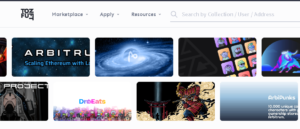
Tofunft.com is a good place for exploring NFT collections. TofuNFT supports many blockchains, I counted 27 networks supported on the site. While taking a look around the site, I found and purchased a beautiful NFT from GeneX Project.

If you’re into crypto and NFTs, I encourage you to take a look the Arbitrum ecosystem, I plan to continue this exploration.
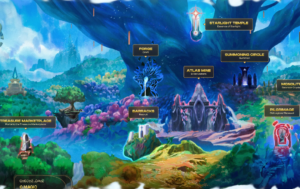
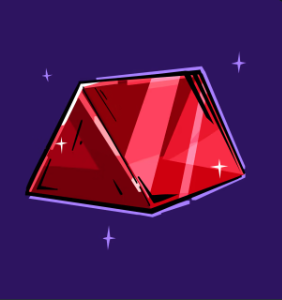
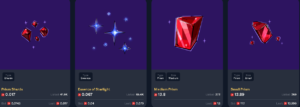
Disclaimer: This information here, and elsewhere on the website, is provided for entertainment, educational use, and the sharing of opinions and individual observations. This is not provided as advice from a financial advisor. The writer, SurfWeb3.com and/or its partners may own &/or have a financial interest in any or all of the items discussed on this website, &/or on connected social media platforms. There is no endorsement, nor any guarantee of quality, of items referred to on this website, including links, advertisements and affiliate relationships. The user of this site does so entirely and solely at his or her own risk. Please take personal responsibility for your investments, and do your own research.